The British Isles are home to a whole melting pot of different delicious cuisines from around the world, but for many of us, nothing can beat the joy of Indian food.
From National Curry Week – October 9th to 15th this year, get it in the diary, guys – where the founders estimate that 23 million Brits eat curry regularly, through to Chicken Tikka Masala being named one of our national dishes in 2001, we’ve got a seemingly unending appetite for curry.
But have you ever wondered why it’s this Asian cuisine that we Brits took to heart? Let us lead you back through time to explore where our love affair with curry began.
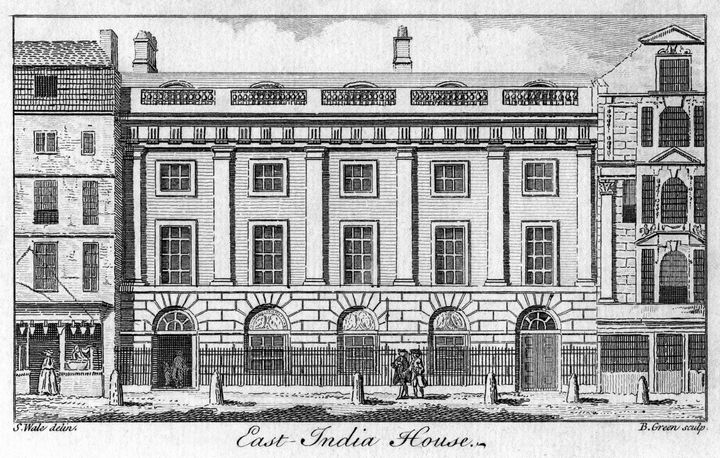
Spice it up
Dinner time was rather boring in the 17 Century, with some roasted meat, green vegetable potage or a pie as exciting as it got. But that all changed with The East India Company, who began to bring spices to our shores from 1600 as they set up trade links between the two countries.
Curry powder is said to have become available in the UK in from the mid-1700s, with the first known recipes entitled ‘To Make A Currey The India Way’ appearing in Hannah Glasse’s The Art of Cooking Made Plain and Simple, 1747. The first ever advert for curry in a national newspaper was published in 1784 and claimed: “It is exceeding pleasant and healthful - renders the stomach active in digestion - the blood naturally free in circulation - the mind vigorous, and contributes most of any food to an increase of the human race.”
It was actually the coffee houses of London who first experimented with adding curry powder and other exotic spices like cumin, cayenne and turmeric to dishes, but it wasn’t until 1810 when the first stand-alone Indian restaurant opened, called The Hindoostanee Coffee House.
On offer here – only if you were nobility or gentry, as it had a stricter door policy than The Ivy – were the best curries served with the finest wines, and they even offered a service to deliver it to your door, making it practically the great, great, great-grandfather of Deliveroo.
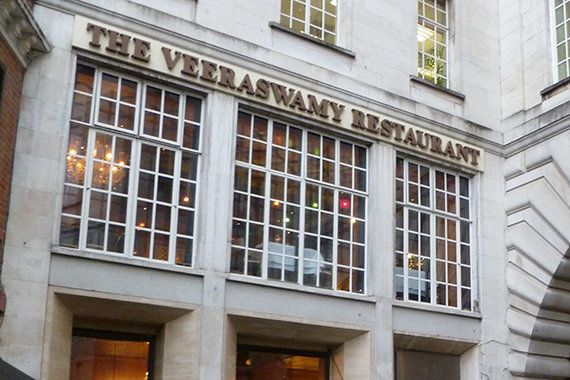
Taking roots
Sadly, the Hindoostanee Coffee House went bankrupt three years later in 1813 as there wasn’t really a dining-out culture in the UK; people tended to eat their dinners at home.
But curry and other Indian dishes stayed on menu in the 19 Century, thanks to Indian sailors and other immigrants who made the UK their home, with the diaspora growing in places like Whitechapel, East London, Birmingham and Bradford, as they continued to cook their traditional food for their communities at a cheap price.
The longest-standing Indian restaurant in the UK is Veeraswamy, which opened in London in 1926 and is still open to this day, winning a Michelin star in 2016.
A spokesperson for the restaurant says: “Veeraswamy captivated British society. Apart from attracting British aristocracy, European Royals, Indian Maharajas and freedom fighters, there are many fifty and sixty years olds, both British and Indian, who remember their parents or guardians taking them as young students to a celebratory meal here.”
They’ve elevated the art of Indian cuisine and offer dishes like roast duck vindaloo, Venison Mutta Kebab and Patiala Shahi Raan – slow cooked lamb shank with marrow sauce.
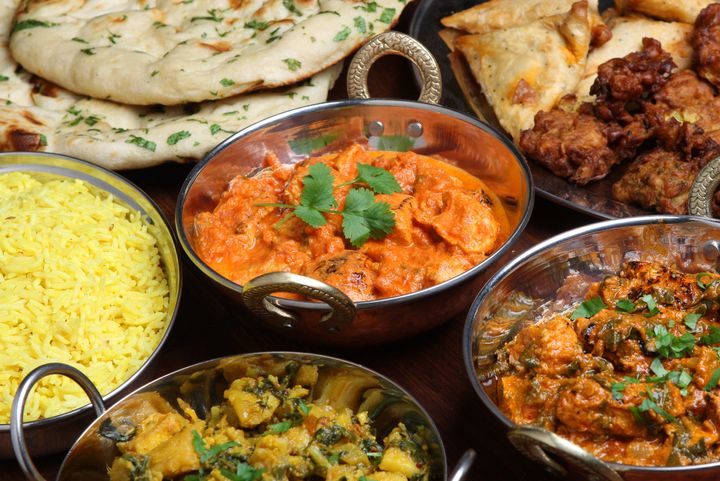
Local dishes
After World War II, many Indians bought bombed-out cafes and chip shops and started cooking hybridisations of British and regional Indian cuisine – which meant menus expanding to include Bangladeshi madras and vindaloo, Punjabi roghan josh and gobi aloo and Pakistani baltis.
Many of the dishes were amended and made more palatable for the Brits’ somewhat blander taste – many curry dishes as we know them actually don’t exist at all in India - and it’s likely this is where our beloved chips and curry sauce derives from, too.
Local favourites like the Punjabi Tayyabs in Whitechapel opened up in 1972, alongside countless other Bangladeshi restaurants all along Brick Lane. Meanwhile, Curry Mile in Rusholme, Manchester, sprung up several years earlier when people from India and Pakistan came to work in the city’s textile factories and set up restaurants along the same street.
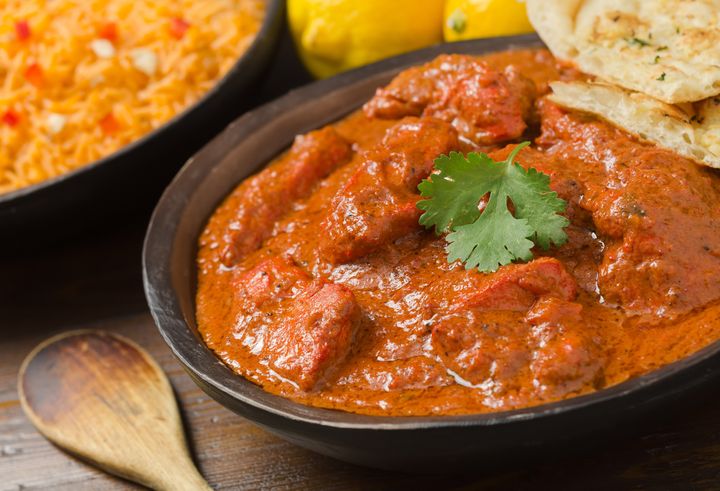
The nation’s favourite
As for chicken tikka masala, legend has it that dish was created in the 70s by a Pakistani chef in Glasgow, who took chicken cooked in the dry tandoori style and made a gravy by adding tomato soup, spices and cream. The dish became hotter than a Naga chilli and spread like wildfire across the UK.
It was bestowed the honour of a national dish in 2001 when MP Robin Cook said “demonstrated a perfect illustration of the way Britain absorbs and adapts external influences”. There is now chicken tikka masala pizzas, hot dogs and burritos available on the high street.
The modern world
As our love for Indian food and in particular curry has grown, Naved Nasir, Executive Chef at Dishoom thinks we’ve got more adventurous, which is why there’s always a queue of people lining up to eat at their venues, since the first one launched in 2010.
He says: “The Indian restaurant scene in the UK has definitely become more lively in the past few years. Even from the early days, people really embraced Dishoom and I think this has encouraged more experimentation in Indian restaurants and Indian food.”
The brand – which opened its fourth restaurant in Edinburgh in January – is one of the most successful Indian restaurants in the UK and it pays homage to the old Irani cafes in Mumbai.
Nasir adds: “we use food as a way to bring people together and break down barriers.”
Some of their top sellers are the lamb raan, gunpowder potatoes or 24-hour black daal, but one of their signatures has to be the bacon naan roll, which brought the idea of an Indian breakfast to whole new generation, who will also happily chomp down on pau bhaji – a vegetable curry with a buttered roll.
Nasir explains: “Mumbai has experienced all sorts of culture clashes in food over the centuries, so although there are a few culture clash dishes on our menu, most of our food is pretty much as you would find it in Mumbai.”
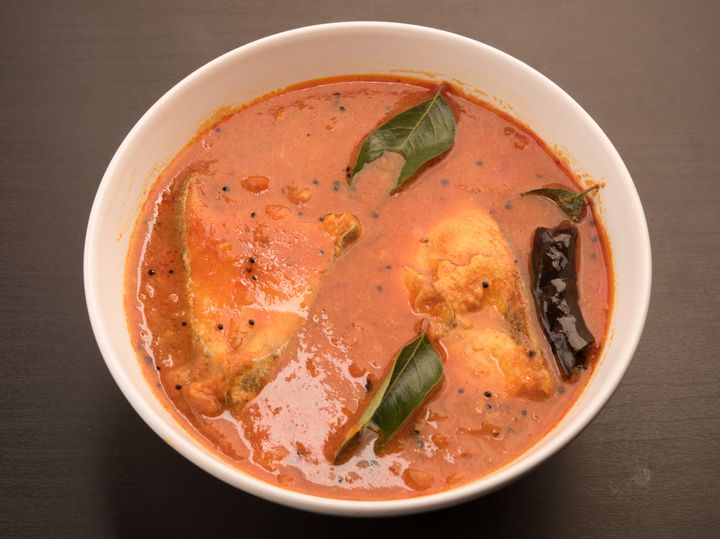
The future
There is an appetite for tasting more hyper-local curry dishes as street food stalls across the UK are finding.
From Kricket and Tamarind Kitchen - who both serve up Indian small plates - through to Great British Bake Off’s Chetna Makan’s recent cookery book, Chai, Chaat and Chutney, it’s all about the discovery and new adaptations of our favourite dish.
Whether we’re digging into a Keralan fish curry or a classic lamb bhuna - even if we’re just dipping chips into a curried sauce - it’s hard to deny the impact this one dish has had on the Great British menu. And long may it continue.